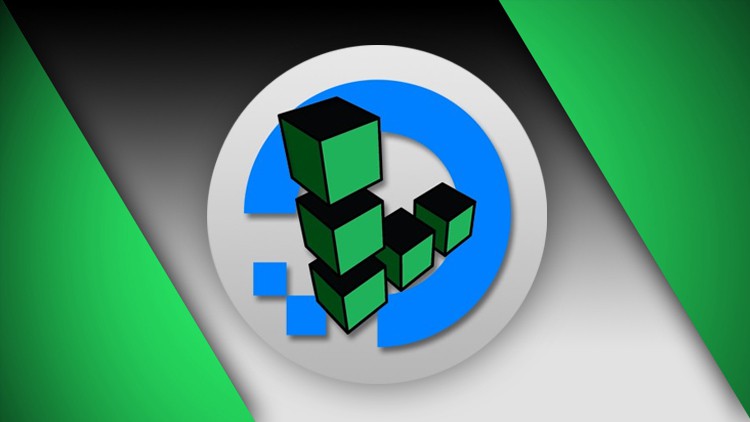
Deploy, Configure, and Scale a Production Virtual Web Server on Linode or Digital Ocean. Install LAMP Stack + More
☑ Deploy a Production Web Server using Linode or Digital Ocean
☑ Configure LAMP Stack on Ubuntu
☑ Navigate the Linode and Digital Ocean Interface
☑ Execute commands to a Virtual Server using PuTTY for Windows or Terminal for MAC
☑ Administer Basic Maintenance Commands to a Ubuntu Server
☑ Configure Host Name, Date, and New Users on a Ubuntu Server
☑ Configure Web Root Permissions for Apache
☑ Install and Configure TightVNC or RealVNC for Remote Server Administration using a Visual Desktop
☑ Scale, Backup, and Configure DNS Zone Files on Linode and Digital Ocean
This course offers an in-depth, hands-on overview of setting up and configuring a production web server, using Linode or Digital Ocean. Virtual Cloud Servers have become the industry standard for hosting web applications of all sizes and complexity. This includes small static web pages, to dynamic, database driven web sites that handle thousands of simultaneous processes. Regardless of the project, virtual servers offer a solution that provides web developers a scalable infrastructure that can easily adapt to a changing environment.
The course starts with an overview of the registration process on Linode. From there, students quickly jump into deploying and configuring a server using the latest Ubuntu LTS distribution. Students will become familiar with the Linode admin interface, and start executing basic commands using the web based remote access console. We then explore remote access administration using more complex tools such as PuTTY for Windows, and Terminal for MAC.
Students will install and configure LAMP Stack (Linux, Apache, MySQL, PhpMyAdmin) on the Ubuntu server. We show students how to secure the server through SSH Authentication, directory permissions, and disable root user access.
The course explores remote visual desktop configuration using TightVNC & RealVNC.
Once students have a firm handle on server configuration on Linode, we take a look at another major cloud provider – Digital Ocean. This section of the course provides an overview of the Digital Ocean Admin panel where students will deploy and configure a “Droplet”. We will explore some of the unique features Digital Ocean offers, such as Floating IP’s and Space storage.
Students learn to backup, resize, and configure DNS Zone files on both cloud hosting providers.
English
Language
Production Server Setup using Linode
Introduction & Overview
Cloud Hosting Registration
Creating a Virtual Server
Linode Settings and Configuration
Deploying an Image – Ubuntu Latest LTS Version
Linode Dashboard
Remote Access
Download PuTTY and PuTTYgen – Windows
Launch Terminal – MAC
Intro to Command Console
Connecting with PuTTY – Windows
Connecting with Terminal – MAC
Maintenance Commands
File and Directory Commands
Installing LAMP Stack
Server Host Name and Date
Creating a User – Ubuntu
Ubuntu SSH Authentication – Windows
Ubuntu SSH Authentication – MAC
Web Root Permissions
Remote Desktop Connection
Installing Tight VNC Viewer – Windows
Installing RealVNC Viewer – MAC
Ubuntu Desktop Basics
Disable Root and Password Access
Re-sizing a Linode Server
Creating Backups on Linode
Changing Root Password through Linode
Linode DNS Manager
Amending GoDaddy Name Servers
Deploying a Virtual Server on Digital Ocean
Deploying a Virtual Server on Digital Ocean
Creating and Attaching a Floating IP
Intro to Terminal and Root User Authentication
Apache Installation and Testing
Installing MySQL Database Management System
Installing and Testing PHP
Installing PhpMyAdmin for Database Administration